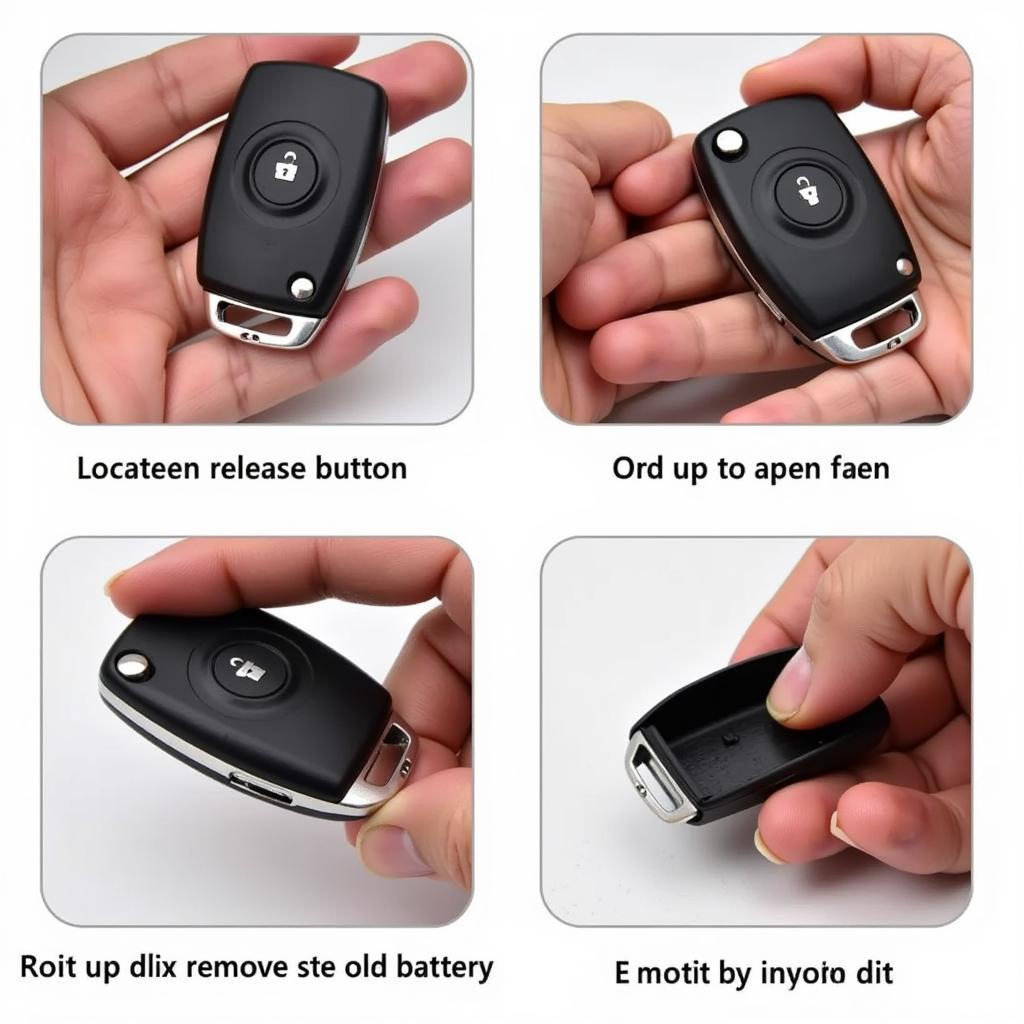A glowing brake light warning on your Toyota Avalon dashboard is a clear sign that something isn’t right with your braking system. While it might seem like a minor inconvenience, ignoring this warning could lead to dangerous driving conditions and costly repairs. This comprehensive guide will delve into the common causes behind a Toyota Avalon brake light warning and provide potential solutions to get you back on the road safely.
Decoding the Warning: What Does it Mean?
The brake light warning, often accompanied by a red exclamation mark within a circle, serves as your car’s way of communicating a problem within the braking system. This could range from something as simple as low brake fluid to more complex issues with the ABS (Anti-lock Braking System) or other components.
Common Culprits Behind the Warning Light
Several factors can trigger the brake light warning on your Toyota Avalon. Here are some of the most prevalent:
-
Low Brake Fluid: This is often the most straightforward cause. Brake fluid, responsible for transmitting force from the brake pedal to the wheels, can deplete over time due to leaks or wear and tear.
-
Worn Brake Pads: Brake pads have a finite lifespan. As you apply your brakes, these pads wear down, and when they reach a critical point, a sensor triggers the warning light, indicating the need for replacement.
-
Faulty Brake Light Switch: Positioned behind the brake pedal, this switch activates the brake lights when you press the pedal. A malfunctioning switch can disrupt this signal, leading to the warning light illuminating.
-
ABS Issues: The Anti-lock Braking System plays a crucial role in preventing wheel lock-up during hard braking. Problems with the ABS module, wheel speed sensors, or related wiring can trigger the warning light.
-
Parking Brake Engaged: While seemingly obvious, accidentally leaving the parking brake partially engaged is a surprisingly common reason for the warning light to appear.
Diagnosing the Problem: Steps to Take
Before heading straight to a mechanic, there are a few things you can check yourself:
-
Check the Parking Brake: Ensure the parking brake is fully disengaged.
-
Inspect Brake Fluid Level: Locate the brake fluid reservoir under the hood (refer to your owner’s manual if unsure). If the fluid level is below the “MIN” mark, it needs topping up.
-
Visually Examine Brake Pads: If you’re comfortable, check the brake pads through the spaces between the wheel spokes. Thin pads (less than ¼ inch) indicate the need for replacement.
When to Seek Professional Help
If the above checks don’t reveal a clear issue, or if you’re uncomfortable performing them yourself, it’s crucial to seek professional assistance. A qualified mechanic can accurately diagnose the problem using specialized diagnostic tools.
“Ignoring a brake light warning is like ignoring a flashing ‘check engine’ light on an airplane,” says Sarah Jenkins, a seasoned automotive technician with over 15 years of experience. “It’s always better to err on the side of caution and get it checked out.”
Remote Diagnostics and Software Solutions
In the digital age, remote diagnostics and software solutions are becoming increasingly prevalent in the automotive industry. By connecting your Toyota Avalon to a specialized device, trained technicians can remotely analyze your car’s computer system, identify the root cause of the brake light warning, and even perform software updates or programming to rectify the issue.
Addressing the Issue: From Simple Fixes to Complex Repairs
The solution to your brake light warning depends entirely on the underlying cause.
-
Low Brake Fluid: Topping up the brake fluid with the correct type specified in your owner’s manual might suffice. However, if the fluid level drops rapidly, it indicates a leak that requires immediate attention.
-
Worn Brake Pads: Replacing worn brake pads is crucial for maintaining optimal braking performance and safety.
-
Faulty Brake Light Switch: Replacing a faulty brake light switch is a relatively straightforward repair for a mechanic.
-
ABS Issues: Addressing ABS problems often requires the expertise of a qualified technician who can diagnose and repair or replace faulty components.
Prevention is Key: Regular Maintenance Matters
Preventing a brake light warning from illuminating in the first place is always preferable to dealing with the issue after it arises. Incorporate these maintenance tips into your routine:
-
Regular Brake Fluid Checks: Inspect your brake fluid level at least once a month and top it up as needed.
-
Timely Brake Pad Replacement: Refer to your owner’s manual for recommended brake pad replacement intervals or consult a mechanic.
-
Annual Brake Inspections: Schedule a comprehensive brake inspection annually or more frequently if you drive in harsh conditions.
Don’t Ignore the Warning: Your Safety Depends on It
The brake light warning in your Toyota Avalon is a critical safety feature, not something to be ignored or dismissed. By understanding the potential causes, performing basic checks, and seeking professional help when necessary, you can ensure your braking system remains in optimal condition, keeping you and your passengers safe on the road.

